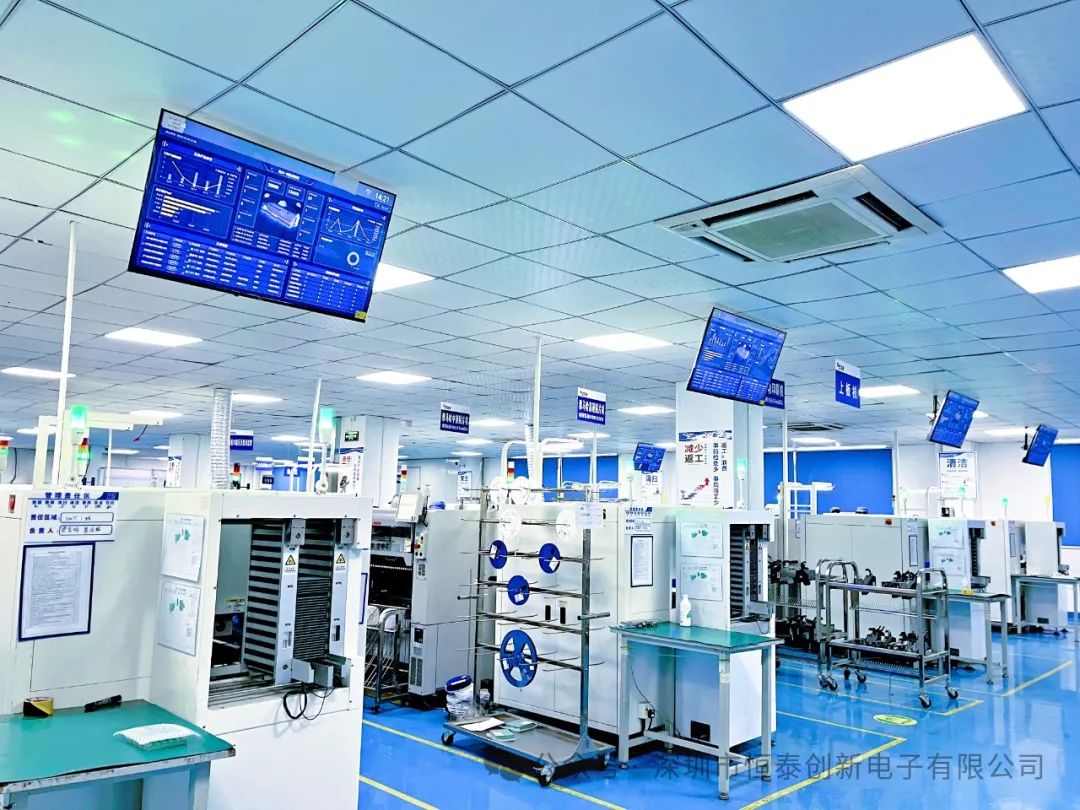 When selecting a PCBA (Printed Circuit Board Assembly) processing company, factory inspection is indeed a necessary step. The factory inspection process not only helps ensure that the supplier you choose has the necessary production capacity, quality control systems, technical strength, and compliance, but also reduces potential risks such as product quality issues, delivery delays, or legal compliance problems. Here are some key aspects to focus on during the factory inspection process:
When selecting a PCBA (Printed Circuit Board Assembly) processing company, factory inspection is indeed a necessary step. The factory inspection process not only helps ensure that the supplier you choose has the necessary production capacity, quality control systems, technical strength, and compliance, but also reduces potential risks such as product quality issues, delivery delays, or legal compliance problems. Here are some key aspects to focus on during the factory inspection process:
1
Production Capacity
Check whether the processing company’s production lines are advanced and well-maintained, and whether they have sufficient capacity to meet your order requirements.
Observe the advancement and maintenance status of production equipment, whether the production process is smooth, and whether employees operate skillfully, ensuring that the equipment can run stably and meet the requirements for high-precision placement.
Understand the company’s production scale and capacity, including the efficiency and quality control of raw material procurement, SMT placement, soldering, testing, and other processes.
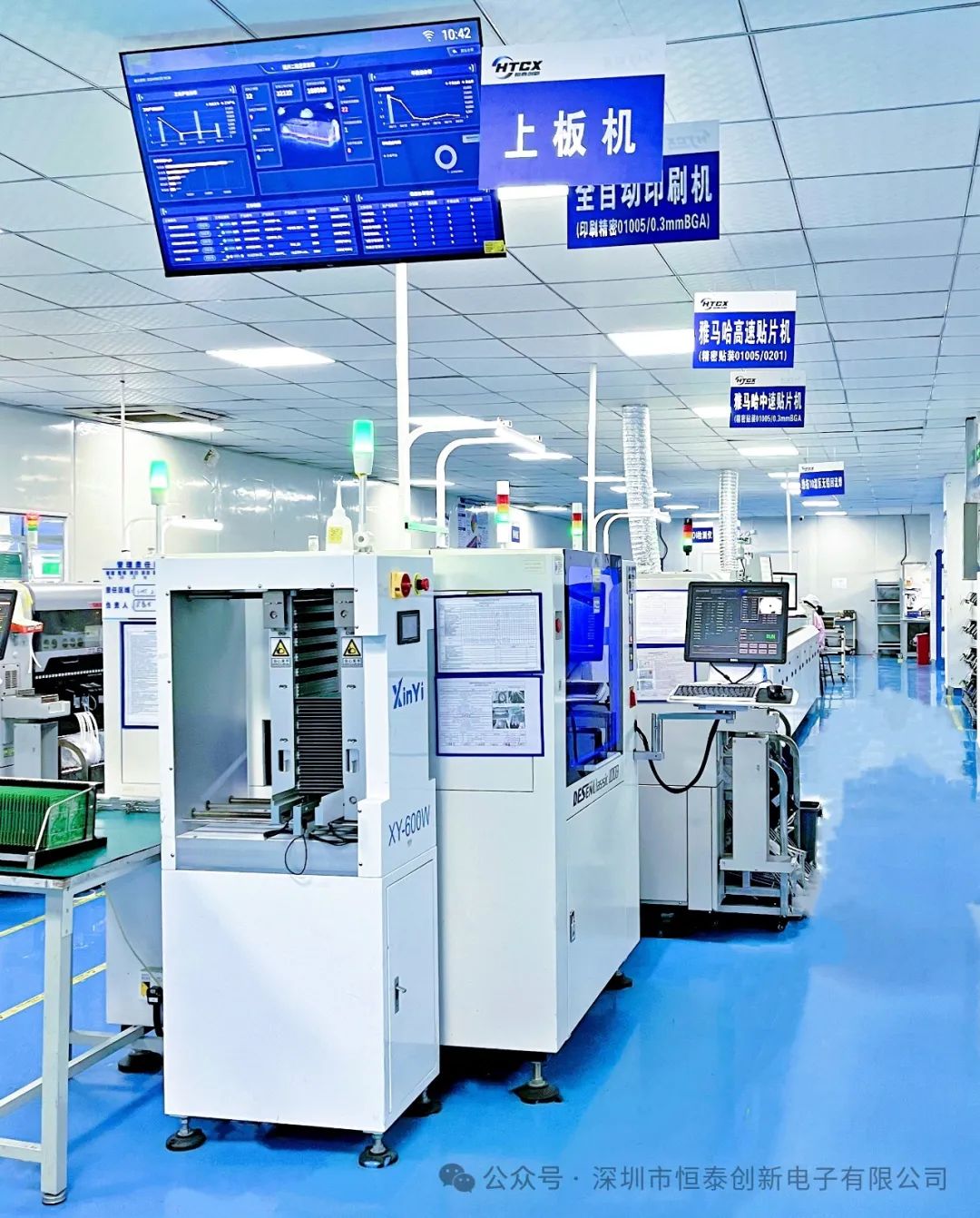
2
Quality Control System
Confirm whether the company has passed quality management system certifications such as ISO 9001.
Check the execution of incoming inspection (IQC), process inspection (IPQC), and finished product inspection (FQC/OQC) to ensure the stability and reliability of product quality.
Understand their processes for handling defective products and rework, and assess the strictness of their quality control.
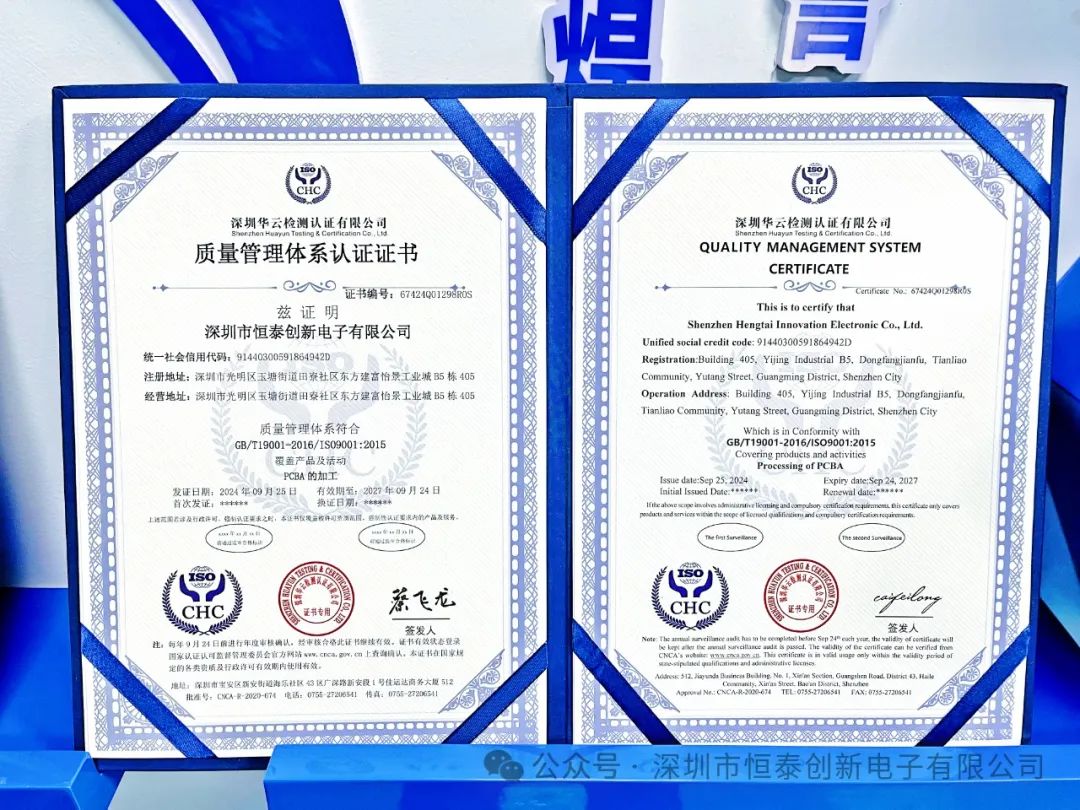
3
Technical Strength
Evaluate whether the company has the capability to handle complex PCBA designs, such as high-density wiring and small component placement.
Understand the technical level and experience of their engineering team, and whether they can continuously optimize production processes to improve production efficiency and product quality.
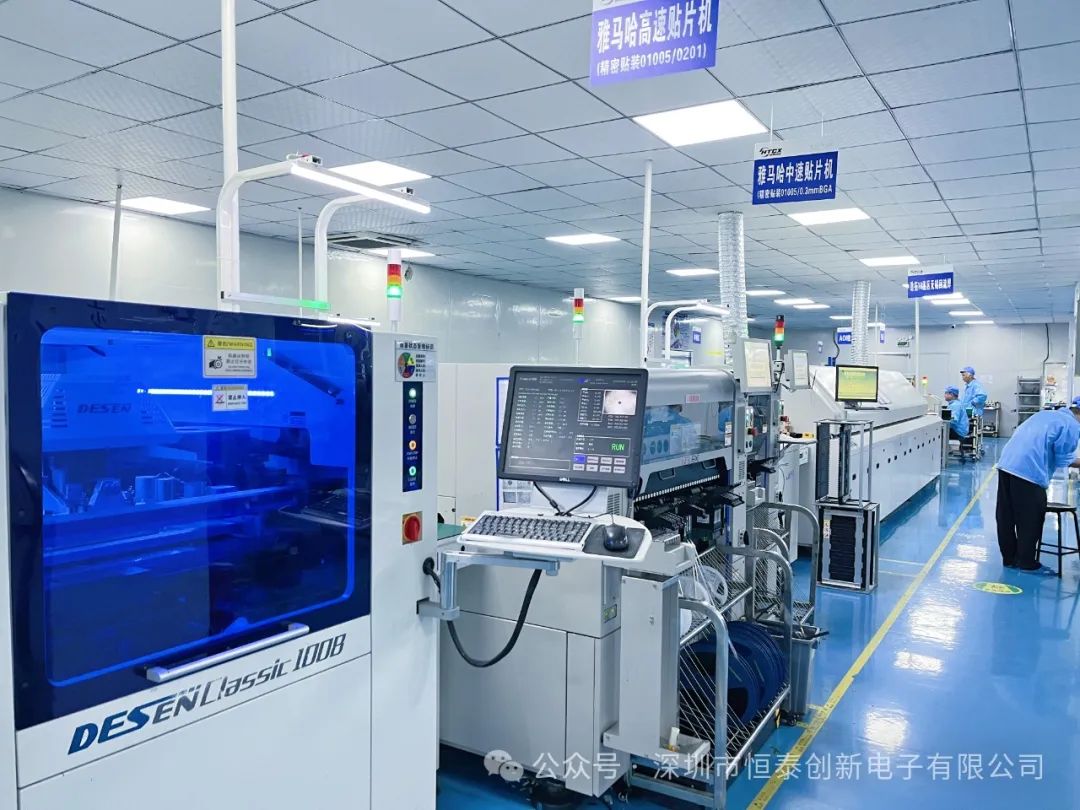
4
Compliance
Check whether the company complies with local labor laws and industry standards, such as working hours, wages, and workplace safety.
Assess whether they have the necessary certifications and qualifications, such as UL and CE, to ensure product compliance and market competitiveness, and to ensure that third-party rights are not infringed.
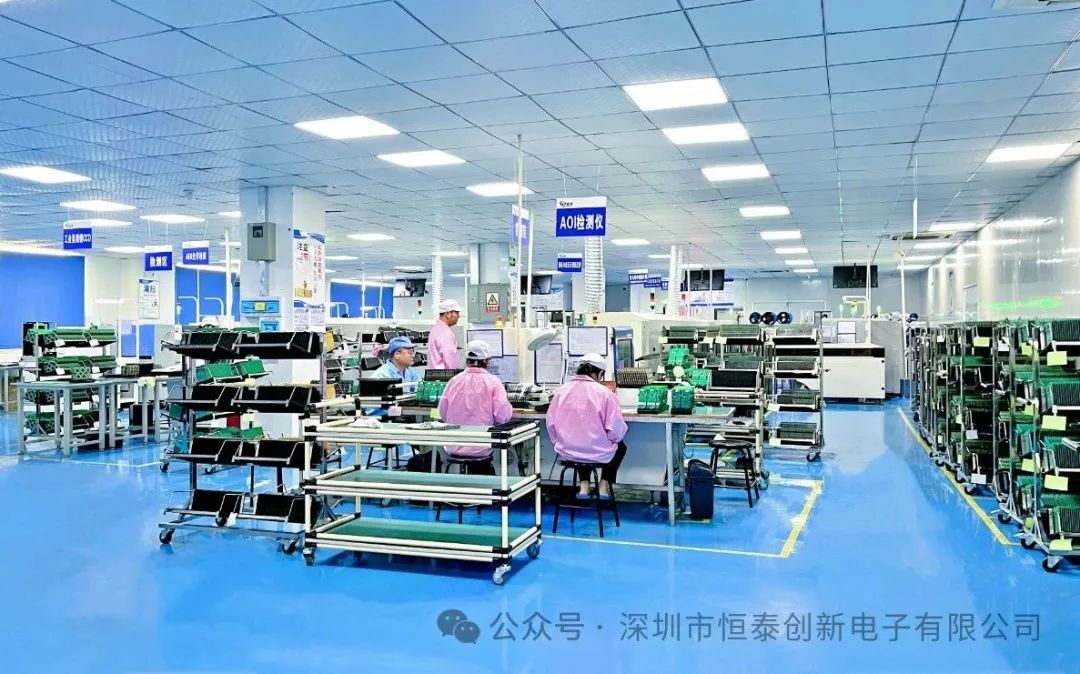
5
Supply Chain Management
Understand the processing company’s supply chain management capabilities, including raw material procurement, inventory management, and logistics distribution.
Assess their supplier selection criteria and cooperation situation to ensure the quality and stability of raw material supply.
6
Customer Service and Communication
Evaluate whether the processing team is professional and responsive, and whether they can effectively solve customer issues.
Understand their communication mechanisms and processes to ensure smooth communication and timely resolution of problems and needs.
7
On-Site Inspection and Evaluation
Personally visit the company for an on-site inspection, observing the production site, employee status, equipment condition, etc.
Engage with senior management, middle management, and frontline employees to gather more comprehensive information.
Combine the results of the on-site inspection with the information collected to conduct a comprehensive evaluation and make a final choice.
Through a rigorous factory inspection process, you can gain a more comprehensive understanding of the strength and capabilities of the PCBA processing company, assess whether they can meet your needs and become your reliable partner. Therefore, when choosing a PCBA processing company, factory inspection is an indispensable step that lays a solid foundation for future cooperation.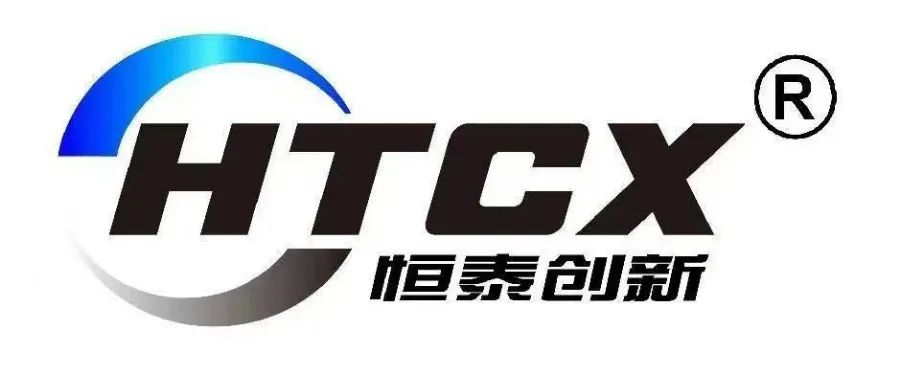
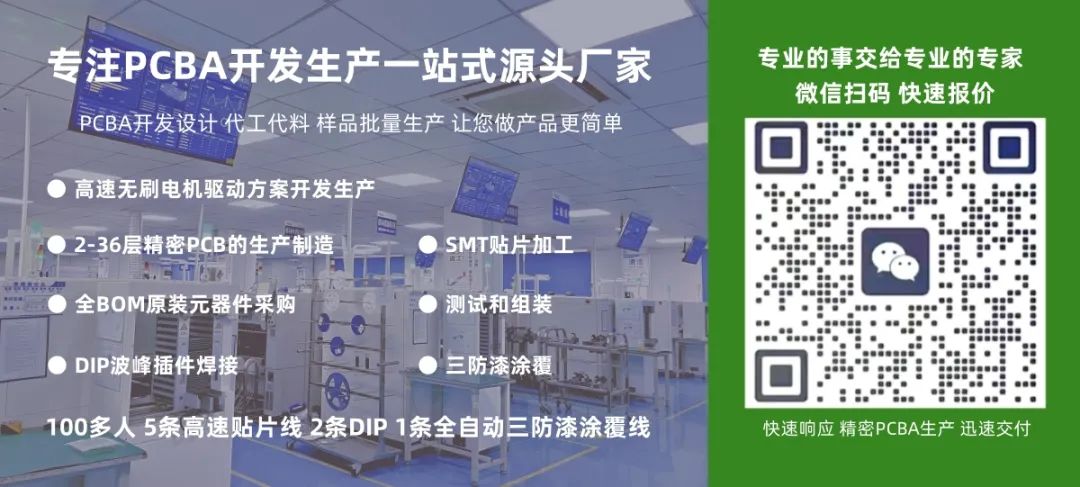 Editor
Editor
Huang Xiaozhen
Reviewer
Li Mei
Public Account
htcx2012
Phone
18911726991 (WeChat synchronized)
Official Website
www.htcxpcb.com
Address
Building B5, Yitang Industrial City, Yutang Street, Guangming District, Shenzhen, Guangdong Province, China
 Public Account QR Code
Public Account QR Code Video Account QR Code
Video Account QR Code Official Website QR Code
Official Website QR Code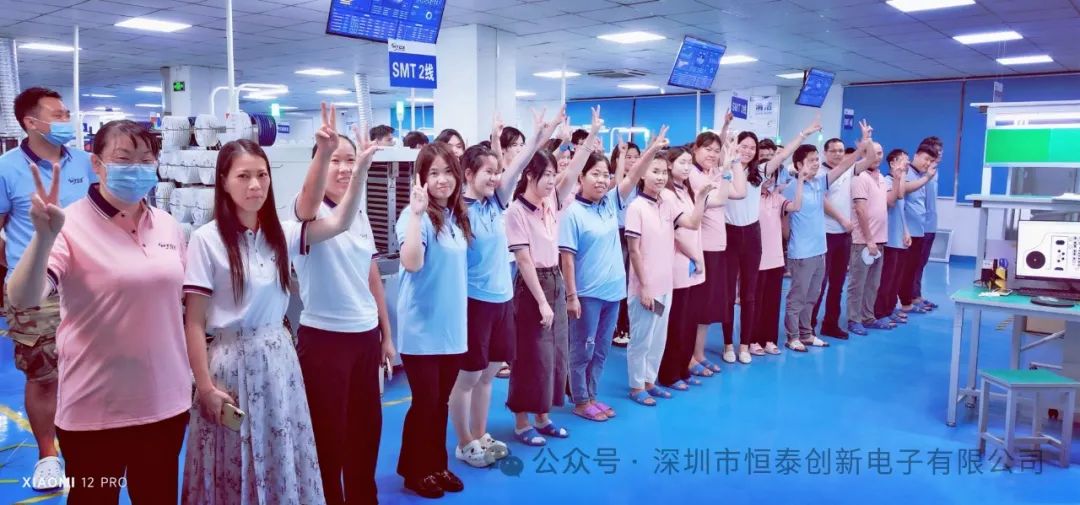
Disclaimer: The content shared on this platform comes from the internet, public accounts, etc. We maintain neutrality in our opinions and judgments, and it is for readers’ reference and learning only. The final ownership of the above statement belongs to the original author. If there is any infringement, please contact us for deletion to avoid unnecessary losses for both parties.